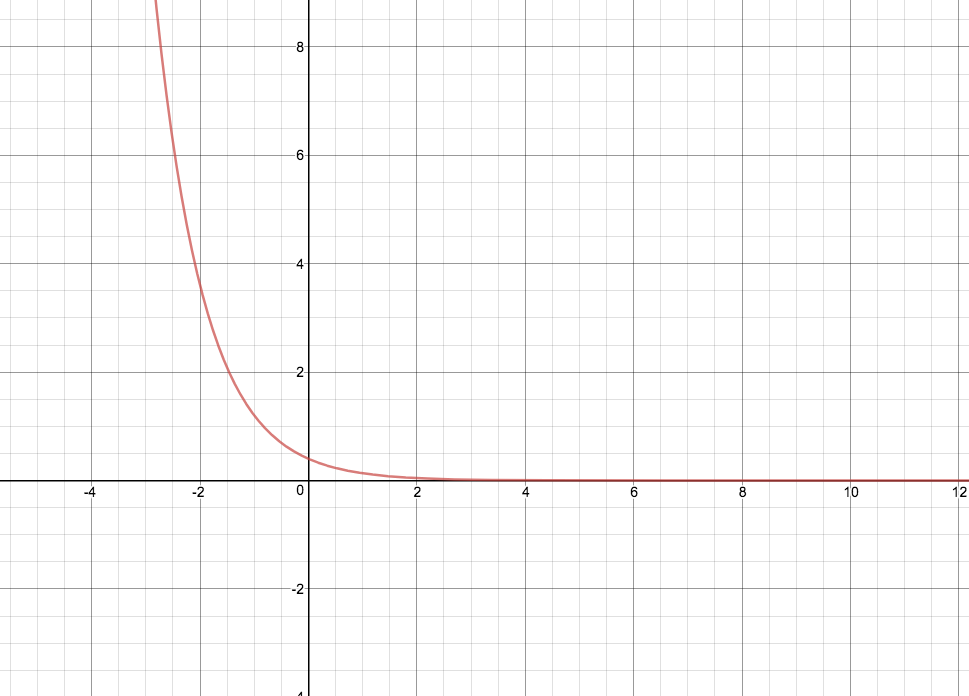How do you determine whether each function represents exponential growth or decay #y=0.4(1/3)^x#?
2 Answers
it's decay. see explanation
Explanation:
Exponential function:
Formula:
where:
-a is multyplier of
-c moves function on y axis
-b is a base of exponential function. b must be greater than 0 and can't be 1 (everything on the first is equal one, so it makes no sense thinking about it as exponential function)
if b>1 then it is growing; if
Given:
a=0.4;
graph{y=0.4(1/3)^x [-10, 10, -5, 5]}
Explanation:
This is an interesting problem, but one way that you can determine weather a function is undergoing exponential decay or growth, is by considering its behavour as
So lets consider your function:
As

But we can generalise this a bit further:
If we have
If
If
If
So for example:
Hence this function undergoes exponential decay...


